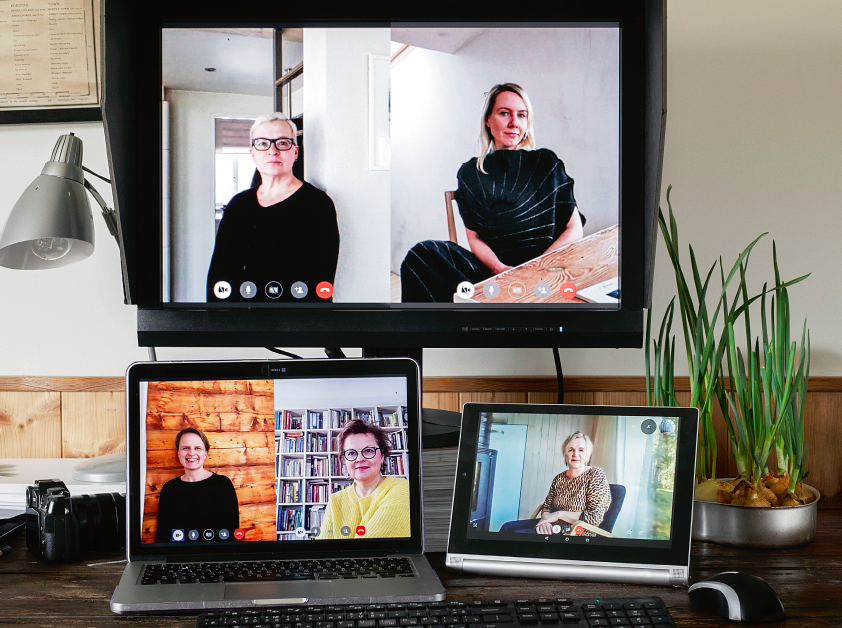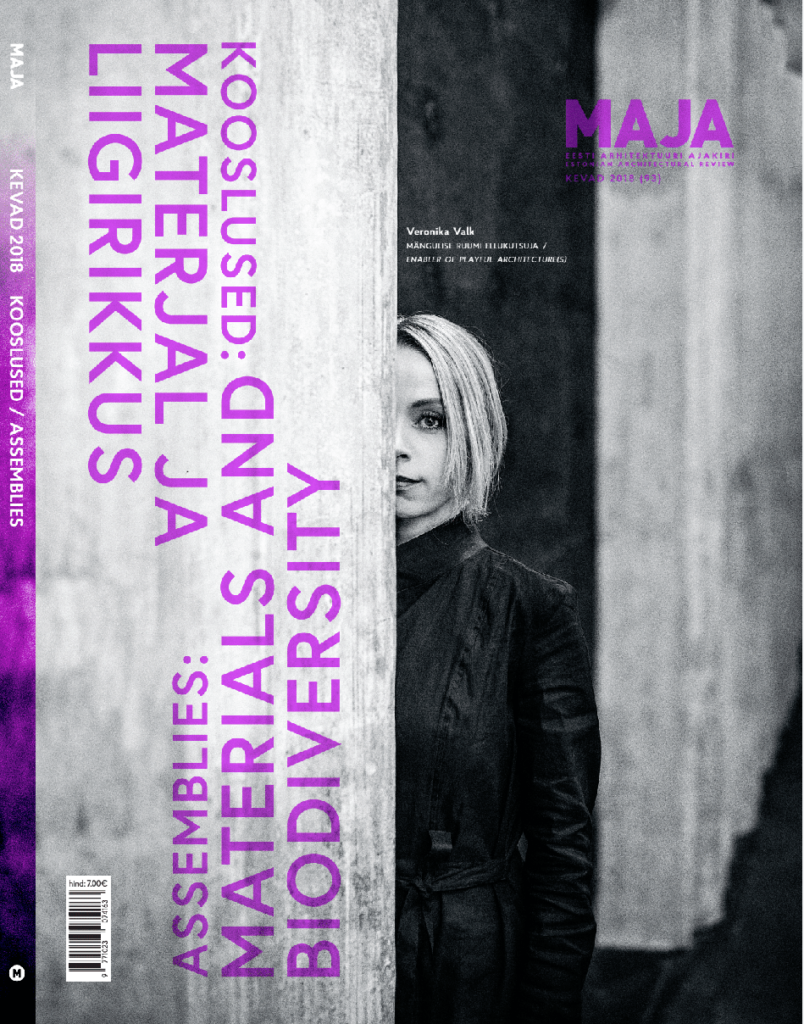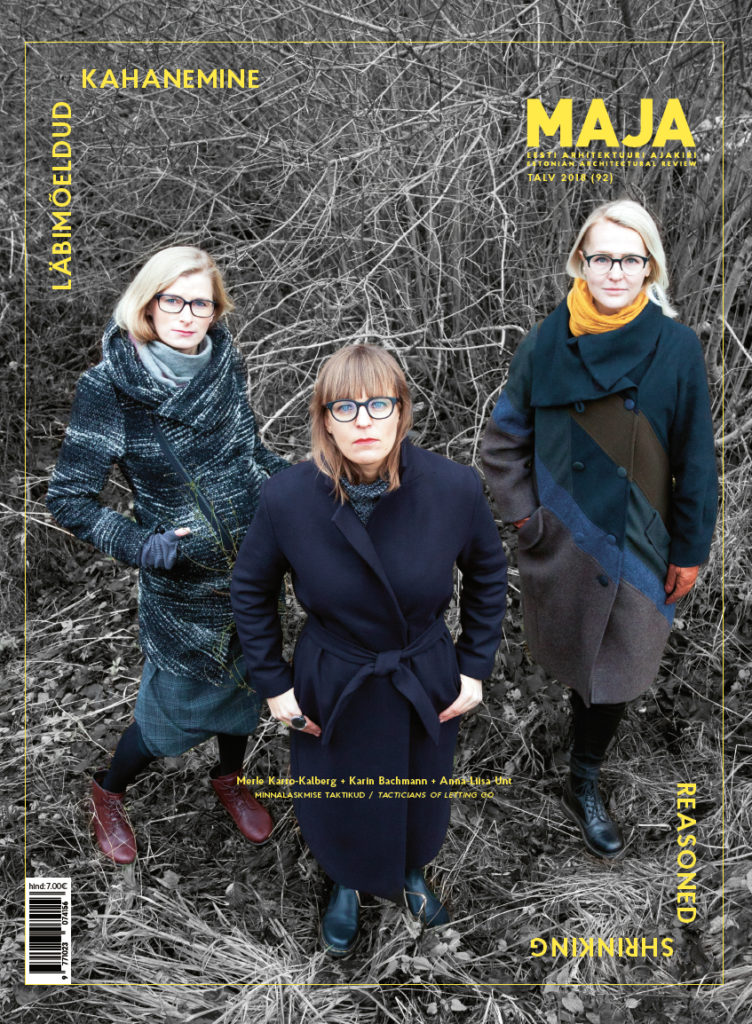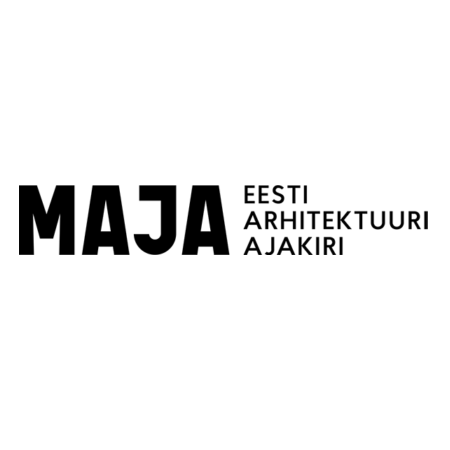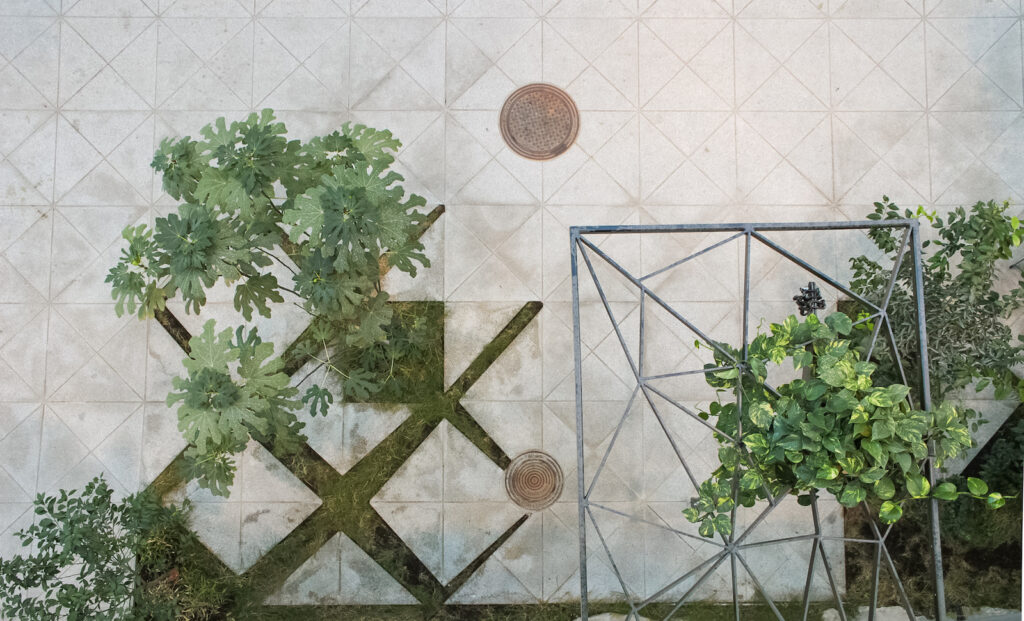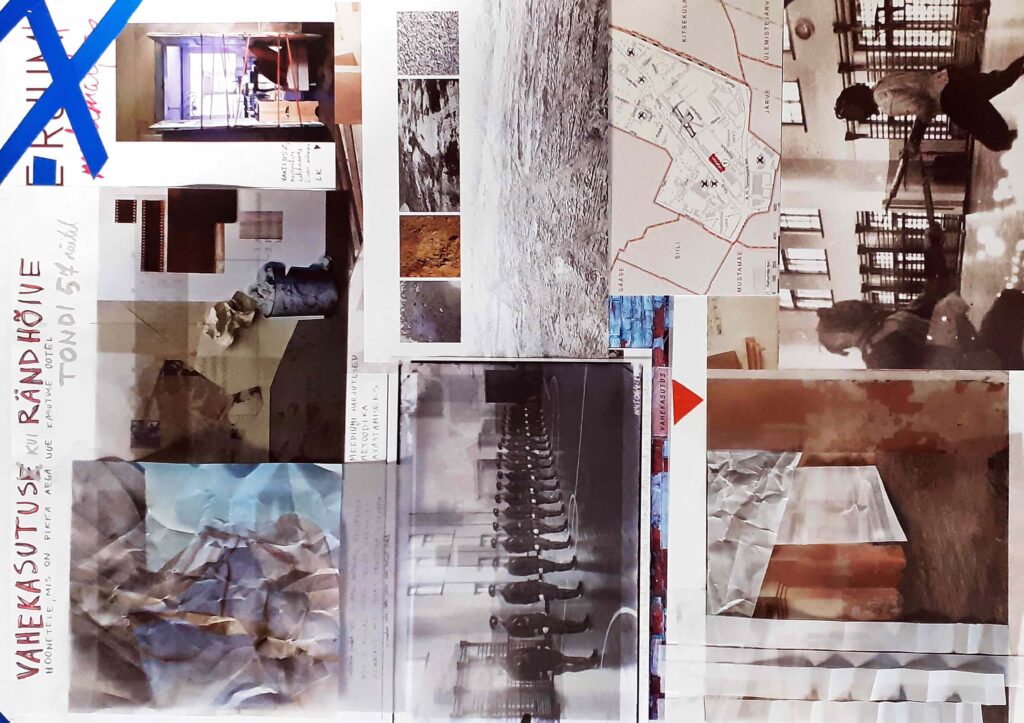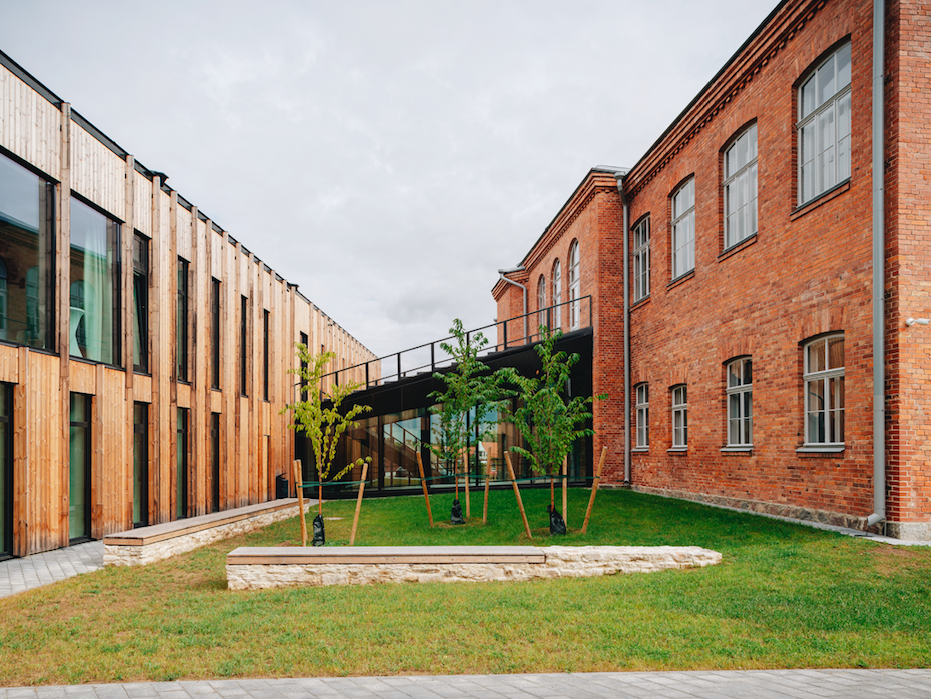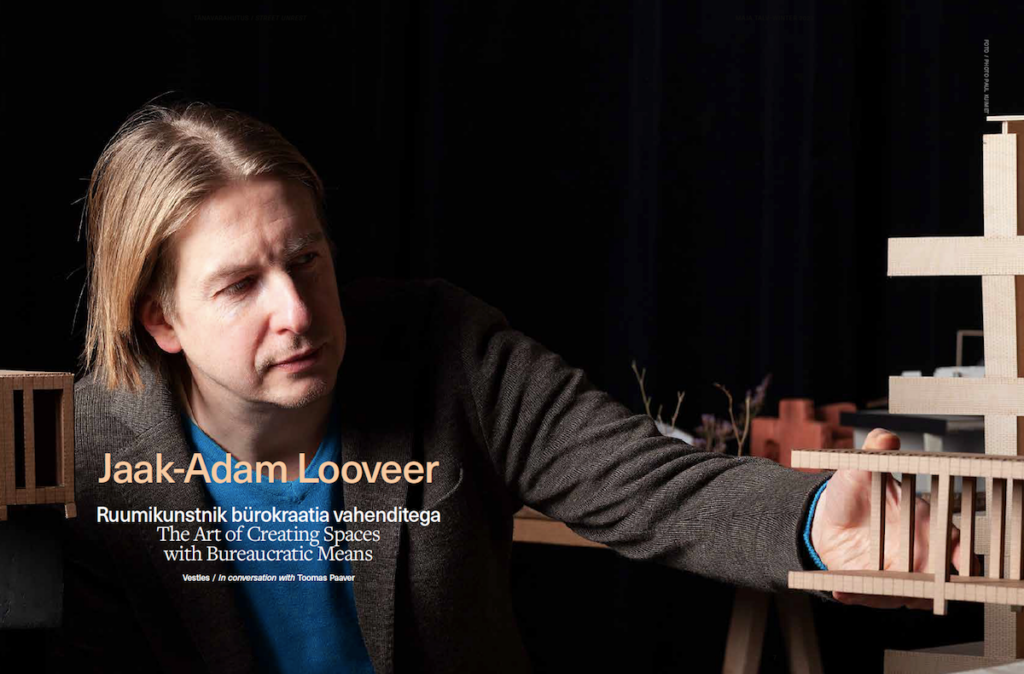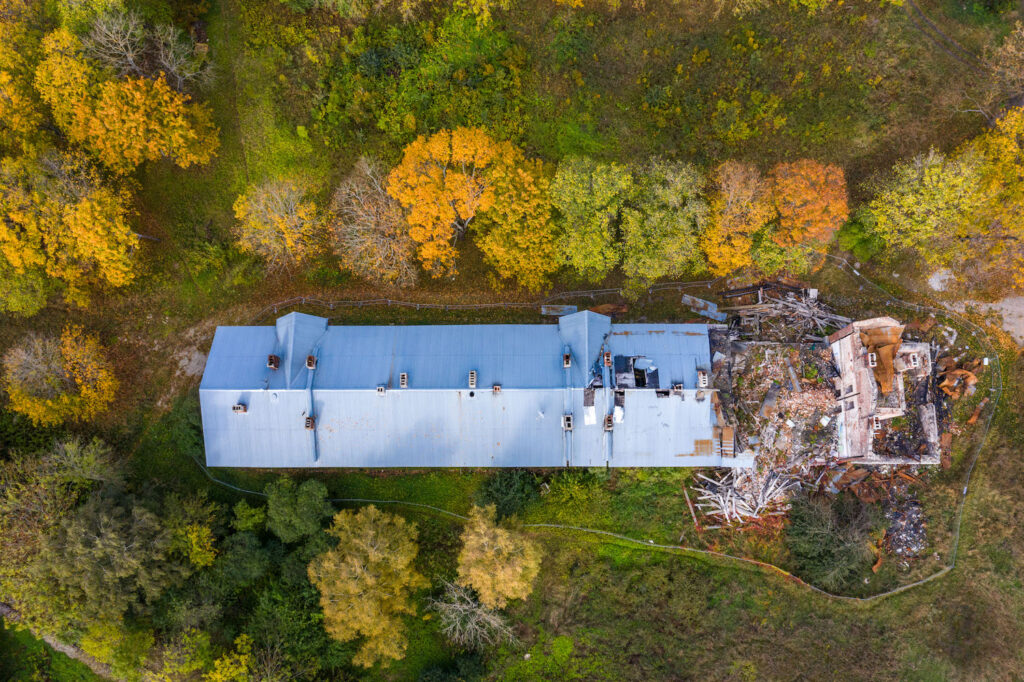Estonian mobility entrepreneurs are on their way to the top. Kaja Pae asked Estonia’s flagship mobility entrepreneurs about their innovative practices and how they portray the future of mobility.
Since 1994, the architectural review MAJA has been the key platform for promoting and reflecting on Estonian architecture. On the occasion of the 100th issue, all former editors-in-chief – Leele Välja, Piret Lindpere, Triin Ojari, Katrin Koov and Kaja Pae – came together to discuss their working principles and the changes the journal has undergone in the past twenty-five years. Interviewed by Andres Kurg.
Peatoimetaja Kaja Pae.
What is surprising and innovative about Fahle Park Gallery Street compared to earlier reconstructions of industrial architecture?
How can we explore the authenticity of interior space? Semele Kari moves to a barrack at Tondi and describes a pop-up interior architecture office inhabiting the desolate spaces as a methodology with the aim of finding the most suitable upgrade for them.
Why is it no longer possible for 21st-century Estonia to continue without a spatial development office, and what kinds of new values would the new office create?
All pioneering and innovative projects need support to prevent them from getting stuck in the old rut under the pressure of red tape.
If there is any feeling of blandness, or risk aversion, or scant sense of place, it is not due to insufficient bike lanes or pedestrian squares, but rather because the larger questions of what is produced and who gets to have how much have already been decided.
No more posts
ARCHITECTURE AWARDS



